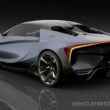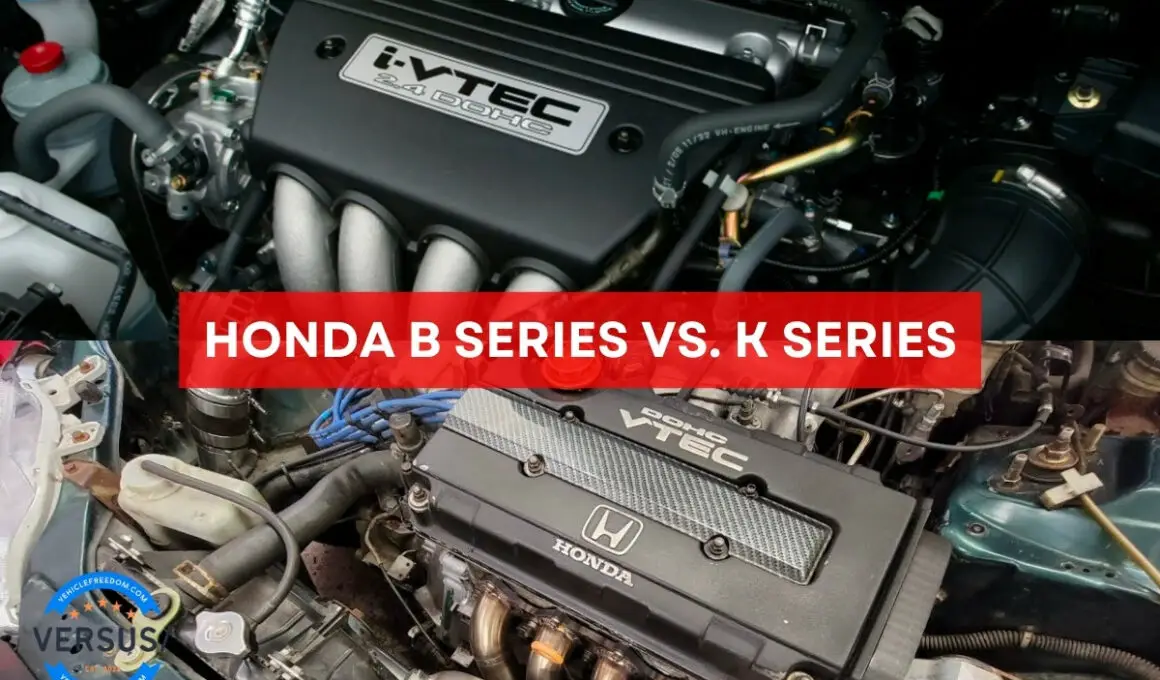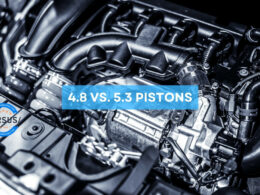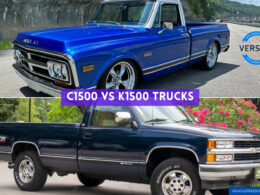In This Article Show
Ever find yourself caught in the whirlwind of debates about Honda’s iconic B Series and K Series engines? Well, you’re not alone. Having spent over 13 years as a mechanic, I’ve tinkered, tuned, and troubleshooted my fair share of both.
Along the way, I developed an affinity for these engineering marvels and a deeper understanding of their intricacies. As someone who doesn’t just get his hands dirty under the hood and enjoys penning down insights, I decided it was high time to lay out the facts in this showdown between the B and K Series.
You see, my mechanic experience isn’t just about turning wrenches. It’s been a continuous learning journey, and through it, I’ve come to appreciate the beauty and performance of engines, especially Honda’s.
So, as we dive into this comparison, expect nothing but the straight truth, delivered in a manner that’s as easy to digest as your morning coffee. Whether you’re a fellow enthusiast or someone looking to get a clearer picture, I’ve got you covered.
Honda B Series Overview
Delving into the heart of Honda’s engine lineup, the B Series truly is an emblem of the brand’s ingenuity from the ’90s. Having been a mechanic for over 13 years, I’ve had the distinct pleasure of working with these engines extensively, and trust me when I say they’ve left an indelible mark on the automotive world.
1. History and Evolution
The B Series debuted in the late 1980s, originally designed to power Honda’s more sport-oriented lineup. This engine series found a home in various vehicles during its heyday, from the beloved Civic and Integra to the CRX and Prelude. It wasn’t just an engine; Honda stated that they could meld efficiency with spirited performance.
2. Key Features
The crowning jewel of the B Series was, without doubt, the introduction of VTEC (Variable Valve Timing and Lift Electronic Control). This technology allowed the engine to operate effectively with two camshaft profiles, switching between them based on RPM. In layman’s terms?
It gave drivers a more economical drive at lower revs while unleashing true performance prowess when the pedal met the metal. Alongside VTEC, B Series engines were compact, lightweight, and designed to maximize airflow, making them naturally aspirated wonders in their class.
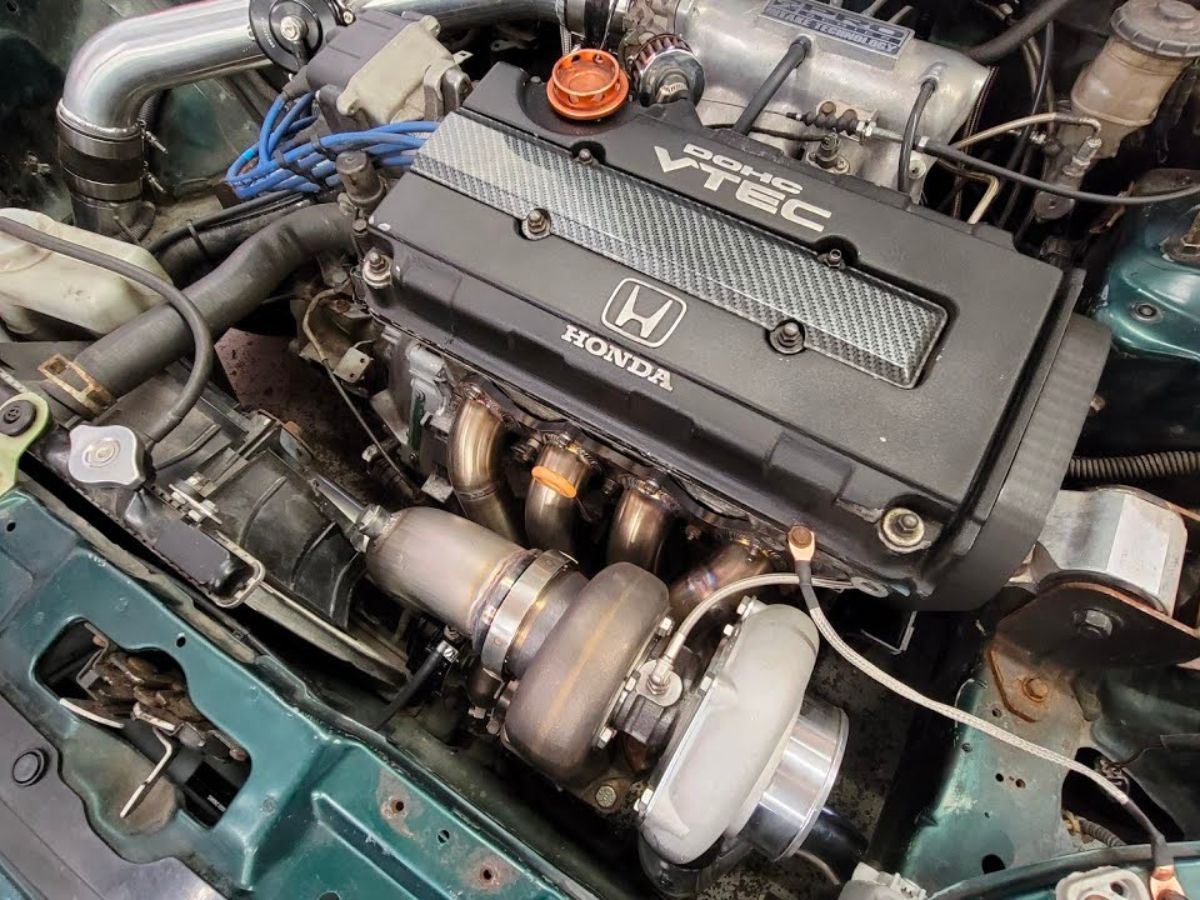
3. Pros and Cons
As with every other Honda model, the Honda B series has its flaws and strengths;
Pros
- Efficiency and Performance: Thanks to VTEC, the B Series balanced fuel efficiency and raw performance.
- Tunability: Its robust build and design became a favorite among tuners and car enthusiasts, offering a broad scope for modifications.
- Reliability: It’s a Honda, after all. When maintained well, these engines can run for miles and miles without a hiccup.
Cons
- Age: As much as we love them, B Series engines are getting older. Finding one in pristine condition is becoming rarer, and some parts may not be as readily available.
- Tech Limitations: As iconic as they are, they don’t boast the latest technology or the absolute best performance metrics when compared to more modern engines.
- In my years of experience as a mechanic, the B Series has proven time and again that it’s more than just an engine—it’s a testament to Honda’s legacy.
Honda K Series Overview
While the B Series holds a revered spot in the annals of Honda’s engine history, the K Series emerges as the successor that took the legacy forward into the new millennium.
I’ve observed and experienced firsthand how the K Series continued Honda’s tradition of excellence and introduced groundbreaking innovations.
1. History and Evolution
Launched at the dawn of the 21st century, the K Series was Honda’s answer to the ever-evolving demands of the automotive market.
Catering to cars like the Civic, RSX, Accord, and the CR-V, it sought to bring greater efficiency, power, and environmental responsibility to the driving experience. Its introduction also signaled Honda’s intention to modernize, meeting the challenges and standards of a new era.
2. Key Features
Building on the foundation set by the B Series, the K Series introduced the i-VTEC system. While it retained the virtues of the VTEC, i-VTEC added an intelligent control component. This meant it could continuously adjust valve timing, optimizing both performance and emissions – a game-changer in engine tech.
Furthermore, the K Series engines were built with a focus on a compact design, improved cooling, and reinforced structures to handle more power and torque.
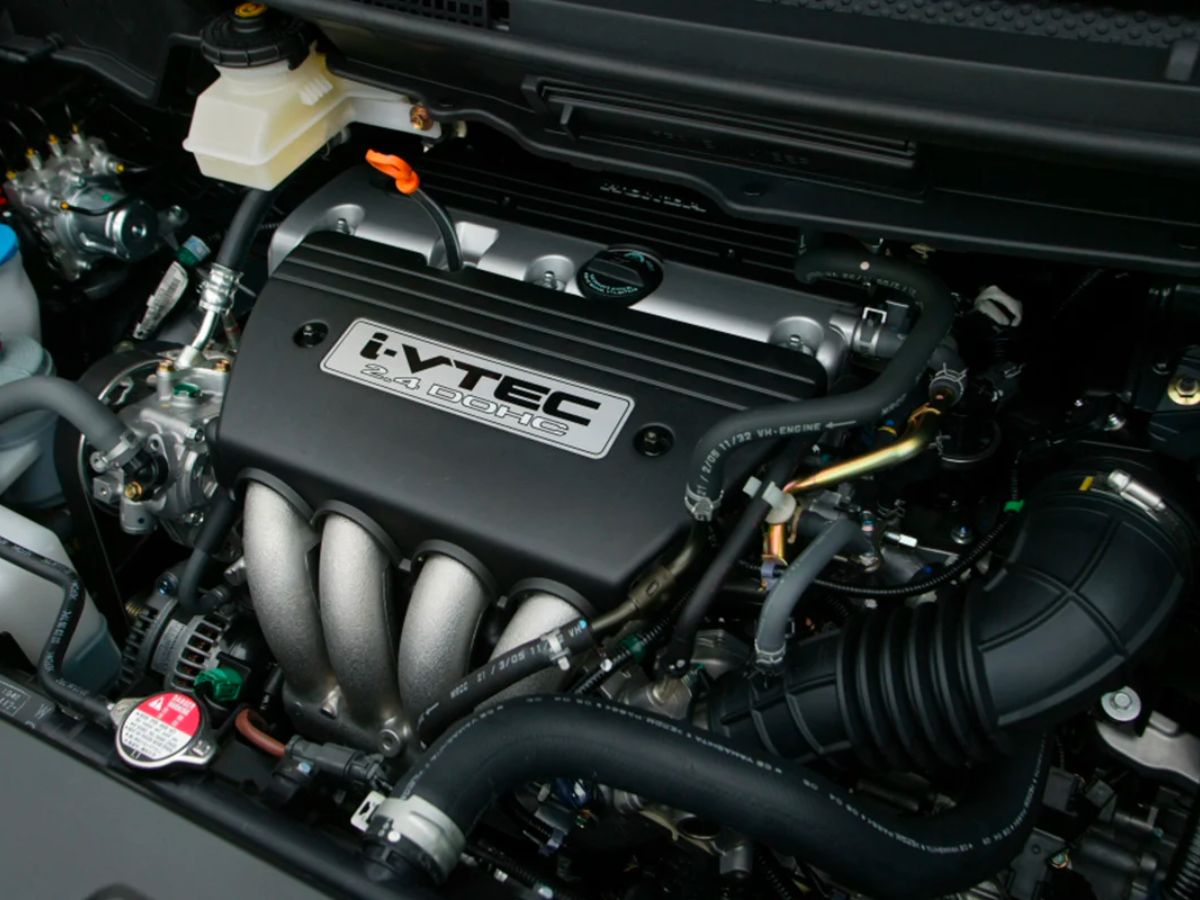
3. Pros and Cons
Pros
- Advanced Performance: The i-VTEC system offered superior control over engine output, translating to better acceleration and performance across varying RPMs.
- Flexibility: K Series engines come in a variety of displacements and power outputs, suitable for both daily drives and spirited track days.
- Modern Design: Built with newer technology and materials, these engines benefit from improved durability and reduced friction losses.
Cons:
- Cost: Modern tech often comes with a higher price tag. Both in purchasing and sometimes in maintenance, the K Series can be a bit pricier than its older counterpart.
- Complexity: With more advanced tech, there can be steeper learning curves for DIY enthusiasts or mechanics who aren’t familiar with the intricacies of the K Series.
Author’s Note
To sum it up, the K Series represents Honda’s evolution and commitment to marrying advanced tech with driving passion. It’s a testament to how Honda takes feedback, lessons, and technologies from one era and refines them for the next. From my mechanic’s vantage point, it’s truly a marvel to work with.
Honda B Series vs. K Series: Direct Comparison
Pitting the B Series against the K Series is like comparing two celebrated athletes from different eras.
While both have their unique strengths and have left indelible marks on Honda’s engine legacy, understanding their direct comparisons can offer insights into which might be the best fit for various automotive enthusiasts.
| Features | Honda B Series | Honda K Series |
| Horsepower and Torque | B Series engines are no slouch and have delivered commendable performance metrics | K Series engines generally have a higher baseline horsepower and torque due to advancements in technology and design. |
| Efficiency | The B Series, with its VTEC, offers a balance between performance and efficiency. | With its VTEC, the B Series offers a balance between performance and efficiency. |
| Adaptability to Modifications | B Series engines have a legendary status among tuners, given their robustness and adaptability. | With its i-VTEC system, the K Series provides slightly better fuel economy and power output across a broader RPM range. |
| Usage in Different Car Models | Both series have found their way into a variety of vehicles however, the B Series powered iconic cars like the Civic and Integra. | On the other hand, K Series offers a modern platform with more advanced tuning possibilities, especially with the rise of electronic tuning solutions. |
| Expected Engine Life | The B Series has proven its resilience over decades. | The K Series, being relatively newer, boasts modern materials and construction which might give it an edge in longevity. |
| Maintenance Requirements | B Series engines, given their age, might require more frequent check-ups or part replacements. | K Series engines, with their newer tech, can sometimes be more complex to service, but may not need as frequent interventions if maintained routinely. |
| Price Points | Acquiring a B Series engine nowadays, especially in good condition, might come at a premium due to its iconic status. | The K Series, while more expensive initially given its modern tech, is more readily available in the market. |
| Market Availability for Parts | B Series parts, being older, might be harder to source, especially original ones. | K Series, being current, has a broader availability of both OEM and aftermarket parts. |
In essence, while the B Series brings a touch of nostalgia, rawness, and a tuner’s dream canvas, the K Series encapsulates modernity, versatility, and technological advancements. Choosing between the two boils down to individual preferences, intended use, and budget considerations.
Common Modifications and Tuning Potential
The realm of automotive modifications is where both the B and K Series engines truly shine. Each has its own set of enhancements that can elevate its performance, making it a favorite among car enthusiasts worldwide. Let’s delve into the popular modifications for each series, exploring their tuning potentials.
1. B Series Mods
Intake and Exhaust Systems
One of the first steps many take with their B Series engine is upgrading the intake and exhaust. A cold air intake or a short ram intake combined with a performance exhaust system can significantly boost airflow and, in turn, horsepower.
Camshafts
Upgrading to performance camshafts, especially those tailored for VTEC engagement, can provide a noticeable bump in power and torque.
Turbochargers and Superchargers
While the B Series is naturally aspirated, adding a turbo or supercharger can exponentially increase its performance. With the right setup and tuning, this mod can transform the engine into a true powerhouse.
ECU Tuning
Given the age of the B Series, a modern ECU remap can optimize its performance, especially when other modifications are in play. Ensuring that the engine parameters are correctly adjusted to match the mods is essential.
Suspension Upgrades
While not directly engine-related, upgrading the suspension can vastly improve the handling and response of a B Series-powered vehicle, making it a favorite among track enthusiasts.
2. K Series Mods
Throttle Body and Intake Manifold
Upgrading to a larger throttle body coupled with a performance intake manifold can greatly enhance the air intake efficiency of the K Series, leading to increased horsepower.
Performance Headers
Swapping out the stock headers for performance ones improves exhaust flow and subsequently the overall engine efficiency.
Forced Induction
Like the B Series, the K Series responds well to both turbochargers and superchargers. Given its modern build, the K Series can often handle more boosts, leading to substantial gains in power.
FlashPro Tuning
Hondata’s FlashPro allows users to tune their K Series engines with precision. This device offers real-time data logging and an array of adjustable parameters, making it a go-to for those keen on getting the most out of their mods.
Upgraded Fuel Systems
With performance enhancements, ensuring optimal fuel delivery becomes paramount. Upgrading the fuel injectors, pumps, and rails can cater to the increased demand, especially in turbocharged setups.
Whether you’re leaning toward the B Series’s nostalgic aura or the K Series’s modern prowess, the tuning potential is vast. The modifications mentioned above are just the tip of the iceberg. When correctly done, both these engines can be molded into dream powerhouses, perfectly tailored to individual preferences and driving styles.
Which One is Right for You?
Selecting between the B Series and the K Series is more than just a matter of specs—it’s about aligning with your automotive aspirations, budget, and how you envision your driving experience. Let’s break down various considerations to help you make an informed choice.
1. Your Driving Style
Daily Commute vs. Track Days
Both can serve well if you’re looking for an engine for daily drives with occasional spirited moments. However, the K Series might have a slight edge for frequent track days or aggressive driving due to its newer technology and higher power potential.
Old-School Feel vs. Modern Drive
The B Series offers a raw, nostalgic driving experience many purists crave. The K Series delivers a more refined and modern driving sensation.
2. Tuning and Modification Preferences
DIY vs. Professional Upgrades
The B Series is simpler in design, making it somewhat more accessible for DIY modifications. While tunable at home, the K Series might sometimes require specialized equipment or expertise due to its advanced tech.
Budget for Mods
B Series can sometimes be a cheaper entry point for modifications, given its age and availability of used parts. However, the K Series, with its more modern platform, offers a broader scope for advanced tuning—though it may come at a higher cost.
3. Maintenance and Longevity
Ease of Maintenance
The B Series, with its older and straightforward design, can be easier to maintain, especially for those familiar with older Honda engines. The K Series is not particularly complicated but might require specific tools or expertise for certain tasks.
Availability of Parts
K Series parts are currently more abundant due to their more recent production. B Series parts, while still obtainable, might be trickier to source, especially if you’re looking for brand-new OEM components.
4. Budget Considerations
Initial Investment
A pristine B Series might fetch a higher price due to its classic status. The K Series, being more recent, could also come with a premium price tag, especially the higher-end variants.
Running Costs
Maintenance and parts for the K Series might be slightly more expensive than the B Series, given its newer tech. However, the K Series might offer better fuel efficiency, which could offset some costs in the long run.
Conclusion
In the end, the decision between the B Series and the K Series boils down to personal preference, requirements, and budget. Both engines have cemented their legacies in the automotive world and have their unique strengths.
Whether you’re chasing the raw thrill of yesteryears or seeking a blend of modern tech and performance, Honda’s got you covered with this iconic engine series.
Remember, it’s not just about horsepower or torque figures—it’s about the connection you feel every time you turn the ignition and hit the road. Choose what resonates with your heart and suits your practical needs.




